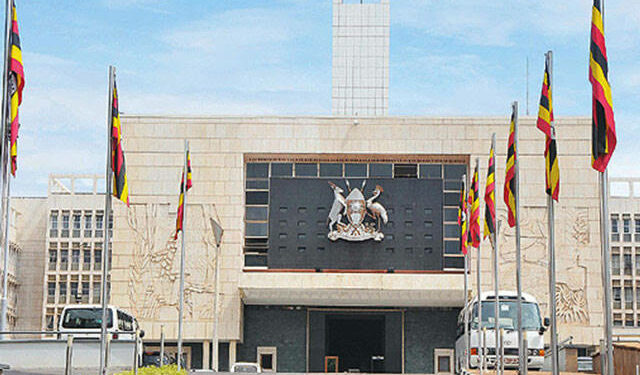Parliament Approves Transfer of Civil Marriage Registration to NIRA in Government Efficiency Drive
Making Government Operations More Efficient
In a landmark decision aimed at streamlining government operations and curbing public expenditure, Parliament has approved the transfer of civil marriage registration from the Uganda Registration Services Bureau (URSB) to the National Identification and Registration Authority (NIRA). This move is part of the government’s broader initiative to rationalize agencies and cut down on administrative redundancies.
Why the Transfer?
The decision to transfer civil marriage registration to NIRA comes as part of a larger effort to centralize services and improve efficiency in government operations. By consolidating services under one authority, the government aims to reduce duplication of work, streamline processes, and ultimately provide better services to the public.
Additionally, the move is expected to save money by eliminating the need for multiple agencies to handle similar tasks. This cost-saving measure is part of the government’s commitment to fiscal responsibility and prudent financial management.
What Does This Mean for You?
As a citizen, the transfer of civil marriage registration to NIRA may result in a more efficient and streamlined process for registering marriages. With services centralized under one authority, you may experience quicker processing times, reduced paperwork, and a more user-friendly registration experience.
Global Impact of the Transfer
The transfer of civil marriage registration to NIRA in Uganda is part of a larger global trend towards government efficiency and streamlining operations. By consolidating services and cutting down on administrative redundancies, countries around the world are seeking to provide better services to their citizens while also reducing costs and improving overall governance.
Conclusion
With the approval of the transfer of civil marriage registration to NIRA, Uganda is taking a significant step towards improving government efficiency and reducing costs. By centralizing services under one authority, the government aims to provide better services to the public while also saving money and eliminating administrative redundancies. This move reflects a broader trend towards government reform and efficiency measures that are being seen worldwide.





